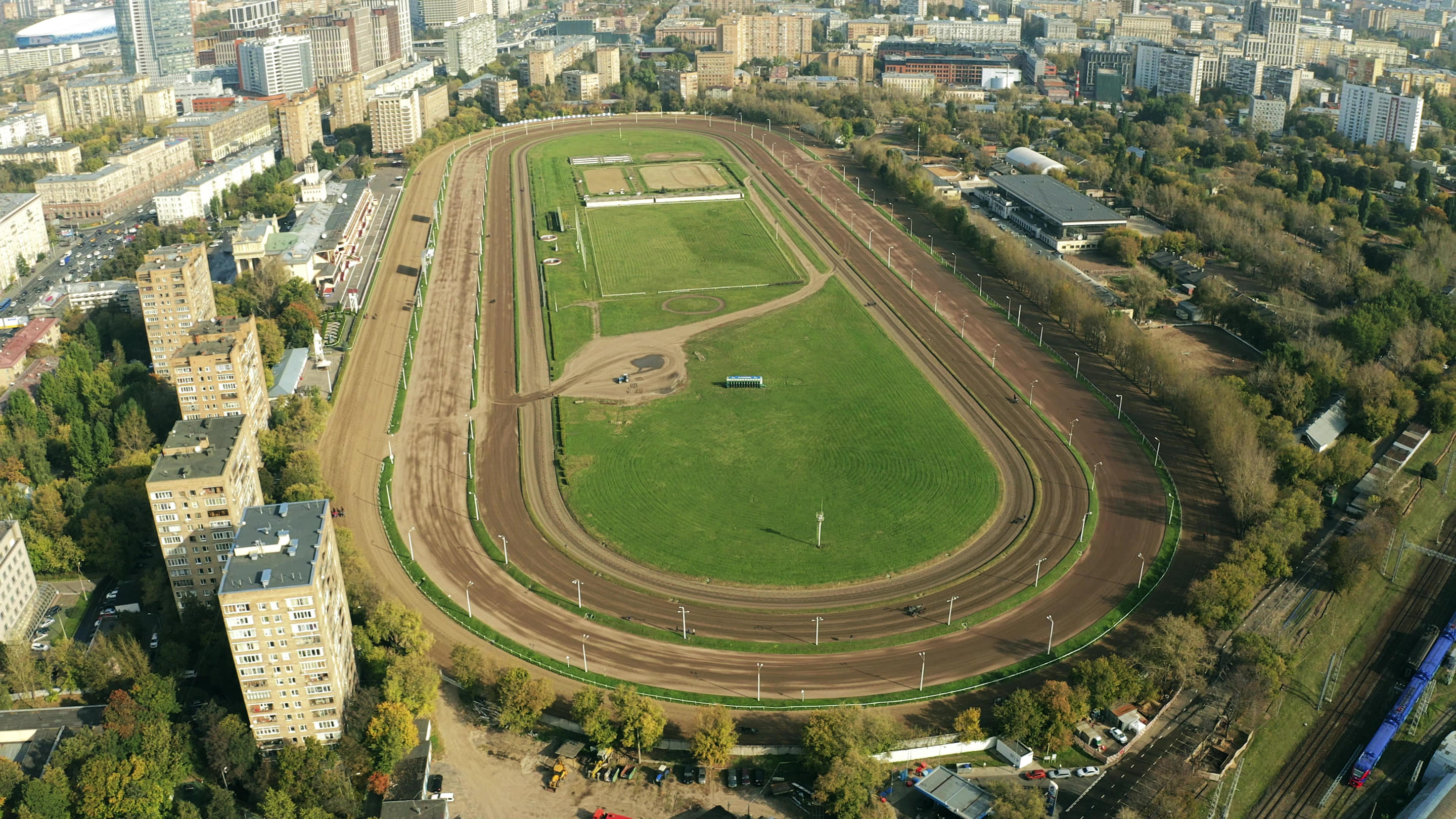About Hippodrome
Hippodrome of Constantinople was an arena that mainly organised chariot races. The term hippodrome derives from two Greek words Hippo (horse) and dromos (way). For this very reason, in Turkish, the place is still sometimes referred to as Atmeydanı, which translates to Horse Square. Uncover this historical gem within your Turkey packages, delving into a bygone era of spirited competitions.
The arena was in operation during the Roman period from 203-330 CE, Byzantine period from 330-1453 CE, and the Ottoman period from 1453-1922. Today a busy city has been built around the remains of the original structure, naming the square as Sultanahmet Meydani (Sultan Ahmed Square).
The city of Istanbul has very intelligently incorporated the circus, the statues, the obelisks, with the modern landscape and turned into one of the most prominent and lively places. The Hippodrome was the second-largest track for horse racing in ancient times, following Circus Maxima in Rome.
In place of what used to be racetracks, an arena for many other kinds of entertainment for the emperors, today stands an open-air museum that displays relics of ancient times. Today only small parts of Sphendone, a semicircular southern end, exist amidst the busy city of Istanbul.
The galleries, central spine, and starting boxes have all been destroyed during the Fourth Crusade and dismantled completely during the Ottoman period. It started as a circus, but with time it proceeded to be a steadfast part of the residents of the region.
How To Reach Hippodrome
There are five ways you can reach Hippodrome from Istanbul Airport. You can either take the bus, the train/tram or a taxi/Uber.
By Train/Tram:
The transit lines for the metro is M1 and for the tram is T1, both takes about 52 minutes.
By Bus:
The transit route for the bus is 96T, which takes about 1 hour and 42 minutes.
By Taxi:
If you take a taxi, an Uber or drive to Hippodrome, it takes around 16 minutes to reach.
Best Time To Visit Hippodrome
The best time to visit Hippodrome, Istanbul is from March to May when it’s not too hot and between September and November. The Summer months from June to August are hot and dry while the December and January receives rainfall, making it a bit troublesome to visit tourist destinations.
Hippodrome Other Essential Information
Location: Hippodrome, in the present day, is located in a square in the city of Istanbul in turkey. The square is today known as Sultanahmet Meydani (SultanAhmet Square).
History of Hippodrome
After Severus, in the 4th century, Constantine I improved the arena to even a bigger area, allowing the Hippodrome to be used for not only chariot and horse racing but also parades, public shaming of enemies and public executions.
Constantine, I understood that Hippodrome is not only a public circus for entertainment but it also showcases the power of the ruling emperor, wealth and generosity. It was a lavish public entertainment lasting for days. When Roman emperor Severus conquered the city, he named it Augusta Antonia instead of calling it Byzantion.
However after Constantine became the emperor of the Byzantine empire, he renamed the city Constantinople. It meant Constantine’s city in Greek. The first Hippodrome built by Septimius Severus was small. He rebuilt enlarged it to connect with the Great Palace of Constantinople, which lies underneath the modern-day the Blue Mosque.
The hippodrome was around 400 meters long and 200 meters wide. The arena could seat somewhere around 30,000 to 60,000 spectators. With marble seats used for VIPs and wooden benches for everyone else, one lap of the Hippodrome track would measure around 300 meters.
Facts about Hippodrome
Some of the facts about the Hippodrome are as follows:
- Not only by the emperors from the 3rd and 4th Centuries, Hippodrome was also used by the Ottomans. They renamed the arena as At Meydani (Horse Square) and used it as a square.
- The Obelisk that still stands tall even after 3500 years, at the square was brought to Istanbul in 390 CE by emperor Theodosius I. It was the Obelisk of Thutmose III of Karnak. He renamed the obelisk as Obelisk of Theodosius and erected it inside the Hippodrome.
- Not only the chariot races were a means of entertainment for the public during the Byzantine period, but it was a huge issue. Four teams took part in the Chariot races, each of them was financially sponsored by different political parties. Placing huge bets were common.
- In 532 CE, emperor Justinian I locked up in Hippodrome and ordered the killing of 30,000 people.
- Good charioteers, who took part in the races were just as important and respected as any other public heroes. Porphyrios was a legendary and successful charioteer and played for two teams of the four. Hippodrome used to have several statues of him, with inscriptions singing his praises on the statues.
Tips on visiting Hippodrome
Tourism Board Alliances
Hippodrome FAQs
What was the Hippodrome and what was it used for?
What attractions are near Hippodrome?
1. The Blue Mosque
\Within two minutes walk from the Hippodrome, is the Blue Mosque built between 1609 and 1616. It was built during the reign of Ahmed I. The interior walls of the mosque are covered with hand-painted blue tiles, which makes the mosque bathe in blue during the night-time.
2. Museum of Turkish and Islamic Arts
If you are interested in Turkish history, art and craft, what better way to learn more about it than visiting a museum. Within two minutes of walking distance of Sultanahmet Square, this museum was constructed in 1524. The grand collection of Islamic calligraphy, tiles, rugs of various cultures of Turkey, mostly of different Nomad groups are showcased in the museum.
Some other notable attractions are Serpent Column, Hagia Sophia Museum, Basilica Cistern, German Fountain among few others.
